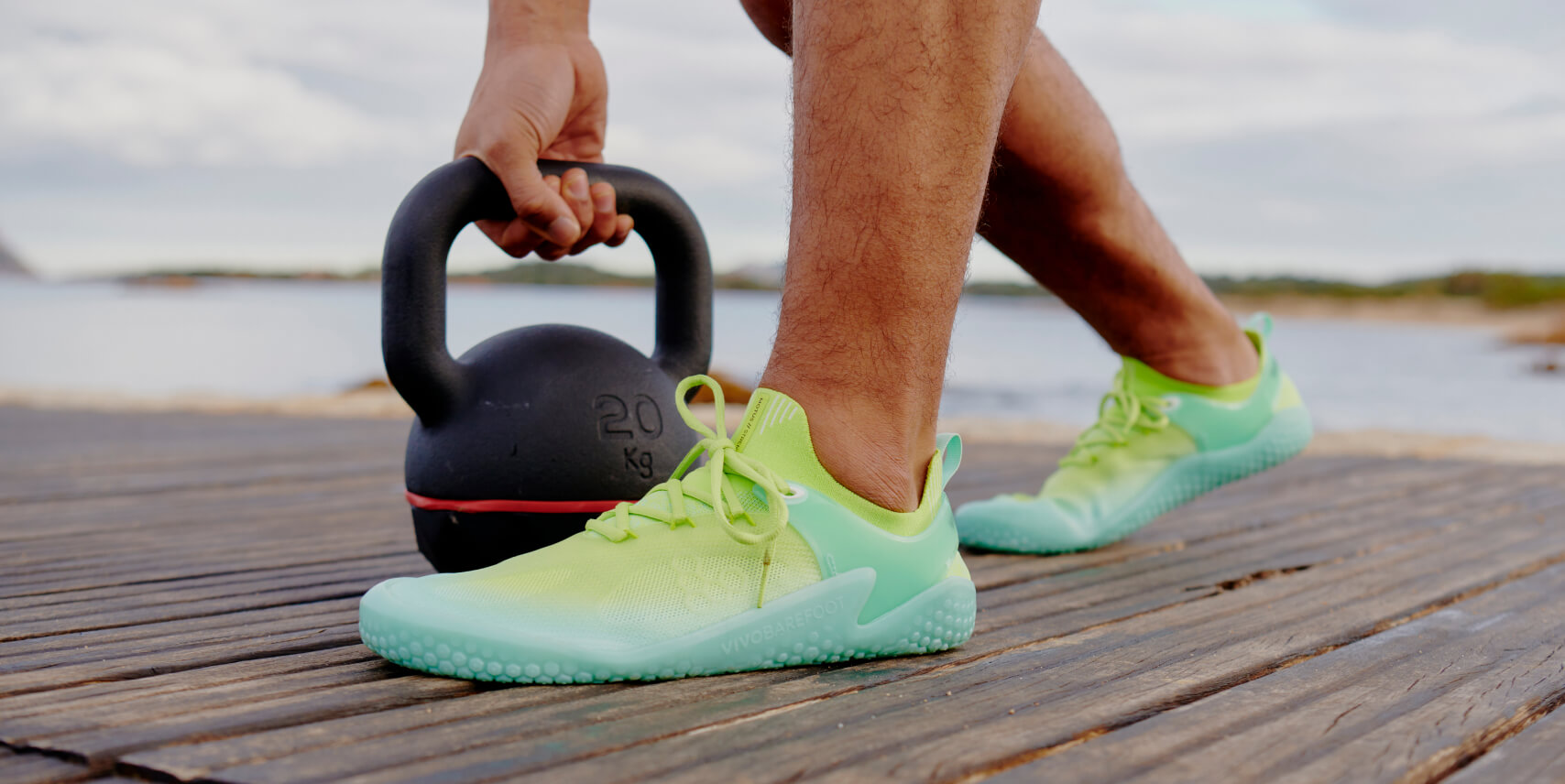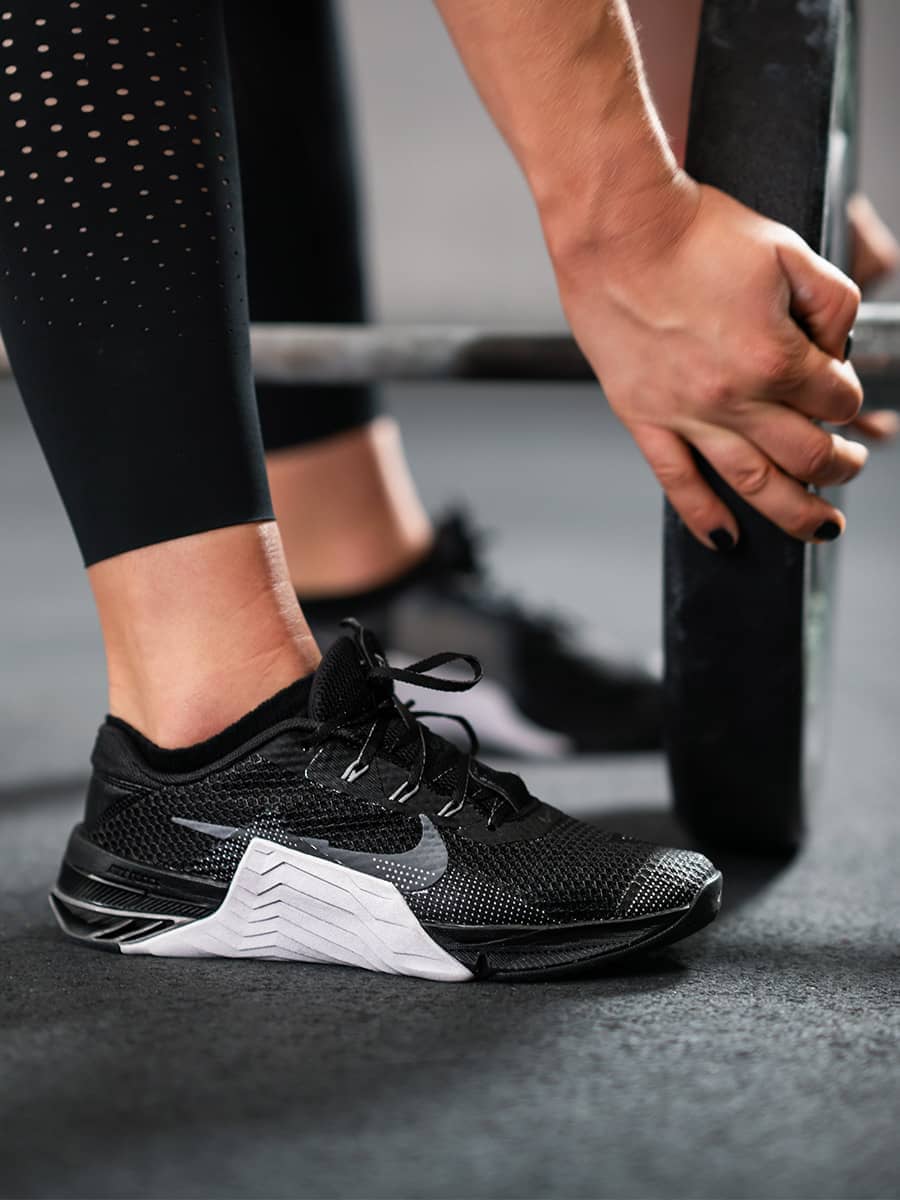The Benefits of Strength Training with Different Minimalist Footwear: Barefoot, Barefoot Shoes, and Solid Flat Base Shoes
Strength training is a vital aspect of a balanced fitness routine, contributing significantly to overall health and muscle development. While the focus often lies on techniques and equipment, the type of footwear used can also play a crucial role. This article delves into the benefits of strength training while barefoot, in barefoot shoes, and wearing solid flat base shoes, supported by scientific references.

1. Strength Training Barefoot
A. Enhanced Stability and Balance
Training barefoot improves stability and balance, a key factor in exercises like squats and deadlifts. A study by Robbins and Waked (1997) in “The Journal of Foot and Ankle Surgery” highlights that barefoot activities can enhance stability by increasing sensory feedback from the foot to the brain, thus improving balance and proprioception.
B. Improved Proprioception
Barefoot training boosts proprioception – the body’s ability to sense its movement and position in space. Research by Bisson et al., published in “Physical Therapy in Sport” (2012), has demonstrated that barefoot training can improve proprioceptive abilities, leading to enhanced movement coordination.
C. Strengthening Foot Muscles
Training without shoes engages and strengthens the small muscles in the feet. A study by Warne and Warrington (2014) in “Journal of Sports Sciences” found that barefoot running, for instance, activates foot muscles more efficiently than running in shoes, suggesting similar benefits could be extended to strength training.
2. Training in Barefoot Shoes
A. Protection with Minimal Interference
While offering basic protection, barefoot shoes preserve most of the benefits of barefoot training. A study in “The Journal of Sports Medicine and Physical Fitness” (2017) indicated that minimalist shoes can provide necessary protection while allowing natural foot movement.
B. Natural Foot Movement
These shoes allow for a natural flexing and movement of the feet. Research by Lieberman et al. in “Nature” (2010) noted that minimalist footwear mimics barefoot conditions, allowing natural foot mechanics, which can be beneficial in strength training for enhancing biomechanical efficiency.
C. Enhanced Grip and Traction
Barefoot shoes often feature enhanced traction for dynamic movements. A study by Frederick (1986) in “The Engineering of Sport” observed that appropriate footwear grip can positively influence performance, especially in sports requiring quick, dynamic movements.
3. Using Solid Flat Base Shoes
A. Stability in Heavy Lifts
For heavy lifting, solid flat base shoes are crucial for stability. Research by Sato, Smith, and Sands (2012) in “The Journal of Strength & Conditioning Research” emphasized the importance of shoe type in weightlifting, noting that flat, solid footwear can enhance stability and performance.
B. Uniform Pressure Distribution
These shoes aid in evenly distributing pressure across the foot. A biomechanical analysis by Hagen and Hennig (2009) in “Research in Sports Medicine” demonstrated that a uniform pressure distribution is critical in reducing injury risks and improving weightlifting performance.
C. Enhanced Power Transfer
A solid base facilitates efficient power transfer. A study by Lake, Lauder, and Smith (2012) in “Journal of Sports Science & Medicine” found that footwear with a solid base improves power transfer during weightlifting, potentially enhancing lifting capabilities.
Conclusion
The choice of footwear in strength training should align with your specific goals, the nature of the exercises, and personal comfort. Barefoot and barefoot shoe training can significantly improve balance, proprioception, and foot muscle strength. In contrast, solid flat base shoes are more suited for heavy lifting due to their stability and efficient power transfer.
It’s crucial to transition gradually to different types of footwear to allow the body to adapt and to be mindful of gym policies regarding footwear. Selecting appropriate footwear can not only elevate your training experience but also augment performance and prevent injuries, ultimately enriching your strength training journey.
Shoe Recommendations


